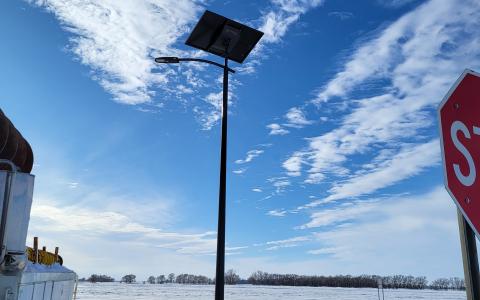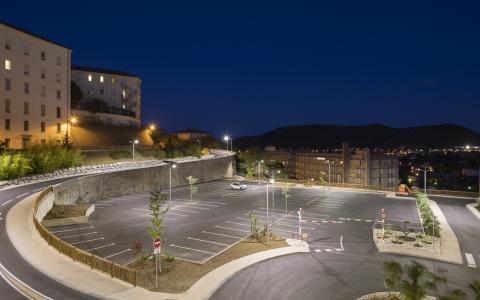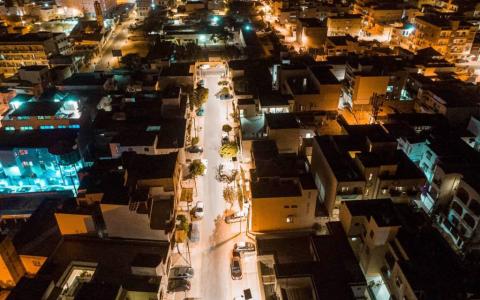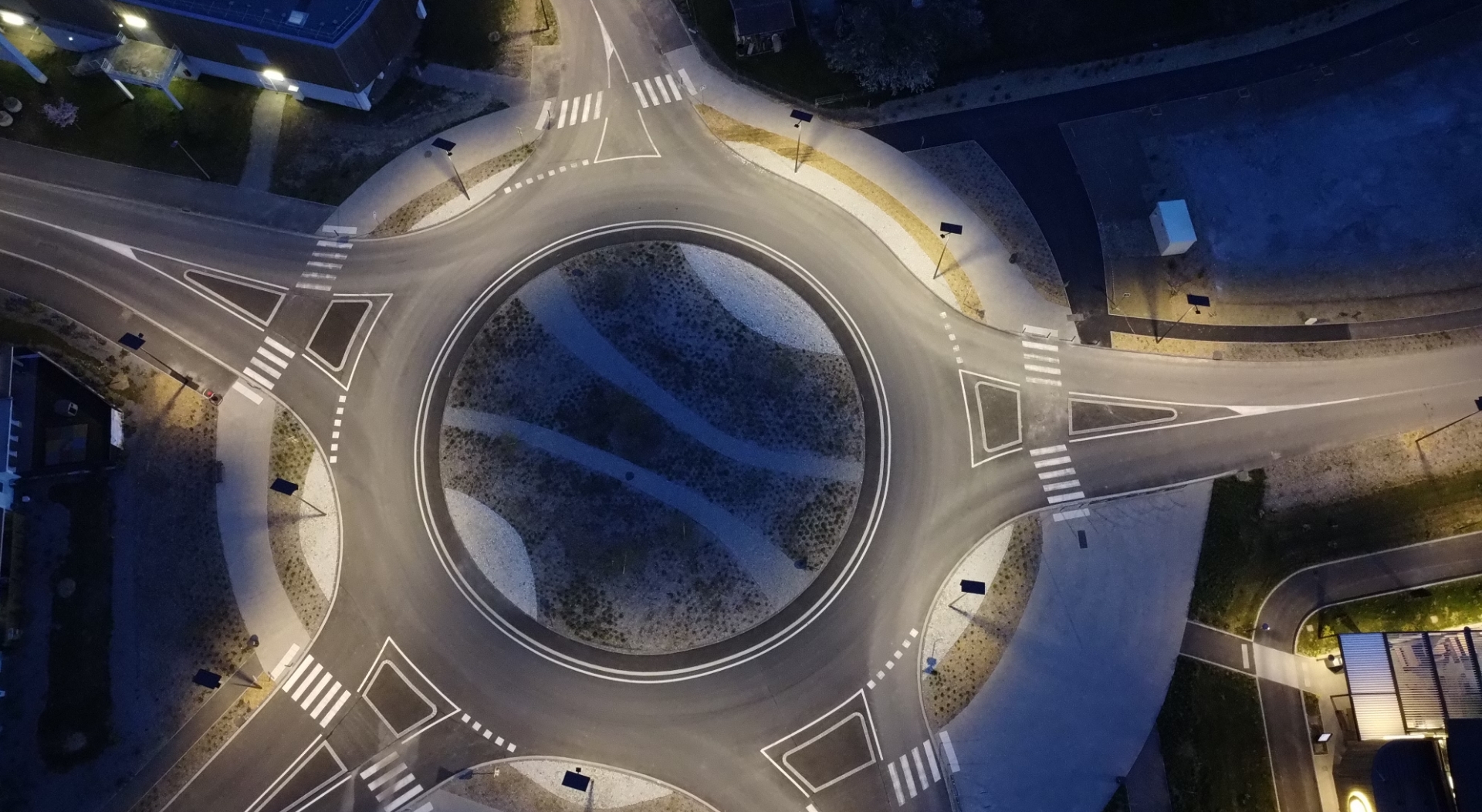Cable theft: what if solar lighting became the solution?
In recent years, copper cable theft has been intensifying across the world. This phenomenon, with wide-ranging consequences, is hitting hard public infrastructure networks, especially urban lighting systems. Hocine Benaoum, Director of Fonroche Lighting America, draws an alarming conclusion: “Los Angeles is going dark due to cable theft, and the cost is staggering if cities move forward with repairs. For $12,000 worth of stolen cables, the total cost of restoration climbs to $1 million.” This figure illustrates a growing trend, driven by the high market value of copper, now seen as “red gold” by theft networks.
Beyond the act itself, the consequences are serious: service interruptions, increased public spending, deteriorating public safety… In this article, we break down the real impacts of this scourge and explore innovative solutions that offer long-term protection.

I. The Consequences of Cable Theft on Public Street Lighting
In a time of transition for the lighting sector, local authorities are facing a threefold challenge:
- Ensuring citizen safety
- Reducing environmental impact
- Managing expenses amidst decreasing public subsidies
The surge in cable theft has become an additional burden for municipalities, network operators, and local stakeholders.
A Heavy Toll on Public Budgets
The numbers speak for themselves. In 2024, a French association of Rural Mayors reported 28 incidents of cable theft in less than six months across several towns. These often less-monitored areas are prime targets. The costs of replacing cables, repairing systems, and reallocating local budgets weigh heavily on communities. In some cases, repeated theft and high repair costs have led local governments to abandon lighting infrastructure altogether, leaving streets and neighbourhoods in the dark for months or even indefinitely.

But this choice comes at a cost, especially for residents. A lack of public lighting negatively affects residents' quality of life: increased feelings of insecurity, limited mobility after dark, and delays in urban development projects. In already underserved regions, this can deepen the sense of neglect and reinforce territorial inequalities, widening the gap between well-equipped urban centers and more vulnerable rural areas.
A Growing Public Safety Risk
Cable theft goes far beyond financial loss. It also jeopardizes public safety. Street lighting plays an essential role in public space: ensuring visibility, preventing traffic accidents, and enhancing the sense of security, especially at night. When streetlights are out due to stolen cables, the risk of road accidents increases significantly, especially for vulnerable users like pedestrians and cyclists. Whether in cities or rural zones, a poorly lit or dark street becomes a hazardous environment.
According to the French National Road Safety Observatory (ONISR), driving at night is on average twice as dangerous as during the day. Reduced visibility caused by the absence of lighting makes it harder to detect obstacles and see pedestrians, raising the risk of accidents.
For example, on Interstate 680 in San Jose, USA, many streetlights were non-functional for a time. According to the California Department of Transportation (Caltrans), individuals broke into electrical boxes and stole the wires. Motorist Camille Reddy stated, “I’ve always been extra careful just because of the pedestrians and the risk of hitting someone but even now, you can barely see anything.”
Numerous studies have shown that poorly lit areas experience higher accident rates, while appropriate public lighting significantly reduces these risks.
The lack of lighting due to cable theft also increases vulnerability in public spaces, making them more prone to vandalism and crime.
A study conducted in New York by researchers at the University of Chicago and CrimeLab revealed that upgrading public lighting could reduce crime by 36% in certain neighbourhoods, simply by improving visibility and residents’ sense of security.
In response, many U.S. cities have created dedicated sections on their websites (covering telecom and public lighting) to raise awareness and help residents become more alert and proactive. In addition to these community-driven measures, more and more municipalities are turning to resilient alternatives that can guarantee continuous lighting, without relying on vulnerable electrical grids. This is where autonomous and sustainable technologies like solar lighting come into play.
II. Why Solar Lighting Is a Long-Term Solution to Cable Theft
With cable theft on the rise, wireless lighting has become an ideal solution for municipalities. Autonomous solar lighting offers an effective, long-term response.
Unlike traditional public lighting systems, solar street lights operate entirely independently of the electrical grid by harnessing solar energy. Equipped with photovoltaic panels, storage batteries, and LED fixtures, each solar-powered lamp post is completely autonomous, delivering reliable, secure, and resilient public lighting.
One of the greatest advantages of solar street lights lies in the absence of wiring. By eliminating the need for underground trenches and heavy civil engineering works, solar technologies are immune to cable theft and damage to electrical networks, resulting in significant cost savings.
Moreover, certain innovative solar solutions come equipped with smart sensors: motion detectors, remote monitoring systems, and anti-vandalism features capable of sending real-time alerts in case of tampering or movement. These technologies increase the reliability of the lighting infrastructure and streamline preventive maintenance.
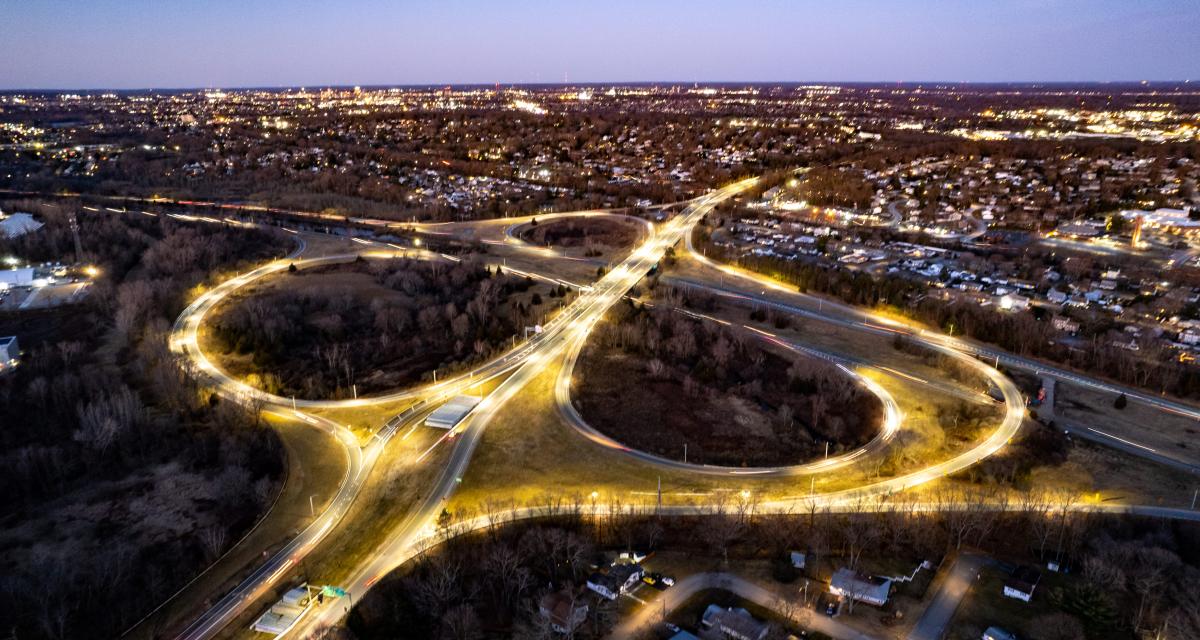
Another key benefit of solar lighting is its reliability. In the event of theft or power outages, solar-powered lights continue to operate normally, ensuring constant visibility on public roads. This contributes to:
- Reducing the risk of accidents for pedestrians, cyclists, and drivers
- Enhancing urban safety by deterring vandalism and crime
- Maintaining a sense of security that’s vital for residents’ quality of life
But solar lighting does more than address safety and theft concerns. It also meets major environmental and ecological challenges. Powered 100% by renewable energy, it helps lower greenhouse gas emissions and minimizes impact on nocturnal wildlife thanks to better-directed and controlled lighting. It is therefore a high-performing, eco-friendly solution, beneficial both for the planet and for communities.
Discover the latest actualities about street lighting ! Solar street lighting: a step towards a green city


